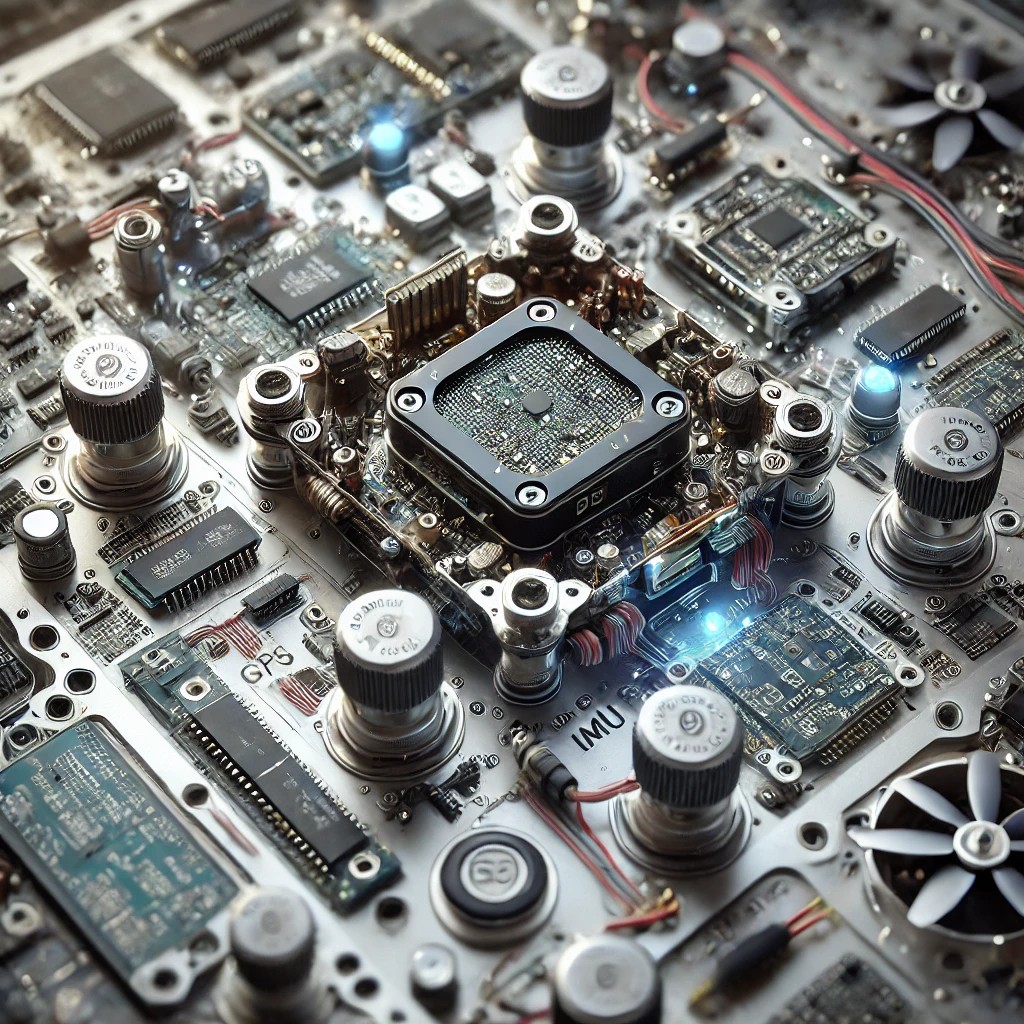Drones are one of the most innovative products of modern aviation technology, and the heart of this technology lies in avionic systems. Avionic systems are the electronic components that manage the flight, control, and data communication of drones. Drone avionic systems are crucial for safe and efficient operations.
OUR SOLUTIONS
Avionic System
1 years
successful experience
$25,000
monthly net investment

What is an Avionic System?
An avionic system is a collection of electronic systems used to manage the flight, navigation, communication, and control of an aircraft. For drones, avionic systems collect, analyze, and process necessary information during flight to ensure the drone’s autonomous or manual control. These systems are essential in aviation and provide drones with flight stability, safety, and precision.

Components of Drone Avionic Systems
Drone avionic systems consist of a series of essential components. Each component plays a vital role in ensuring the proper functioning of the drone:

You can contact us for more detailed information about our products.
Advantages of Hydrogen-Enhanced Propulsion Technology
Get in Touch
Contact us for more detailed information. We are ready to assist you!
